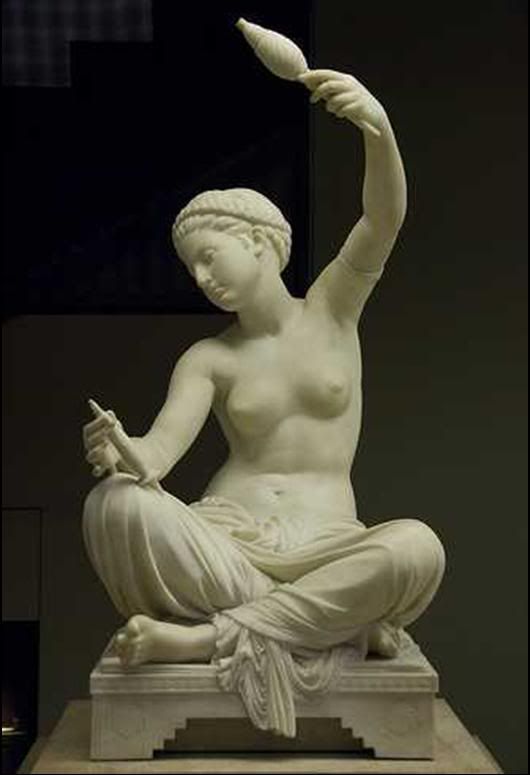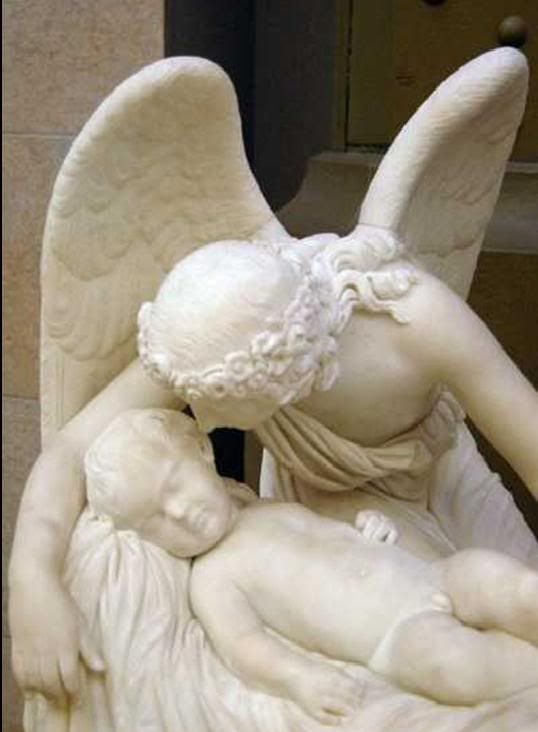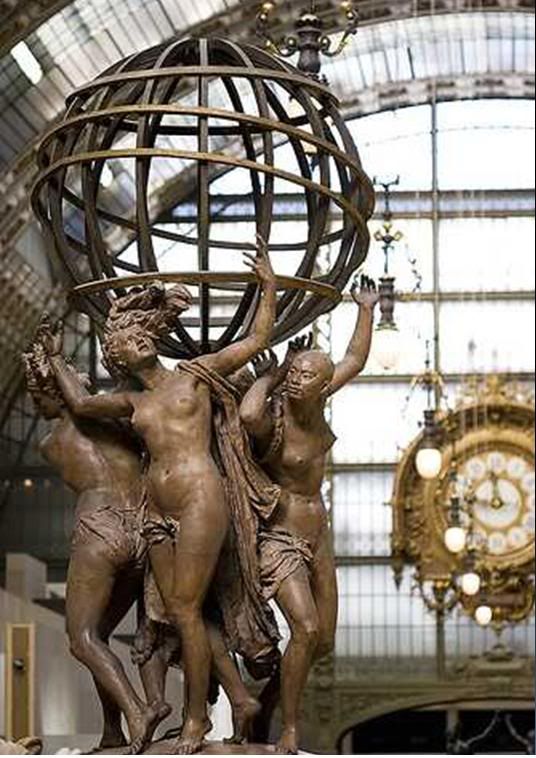a) PROBLEM ONE:
Problem: Imagine that you go to Europe with your friends. Denmark is your last stop and you are almost out of money. Some people in your group get very ill. You have to take a decision whether to stay or get back in Aguascalientes. Consider that University has already started and you are broke. Decide what to do.
Variables: Money, the gravity of the illness, time, distance, place.
Consequences: 1) if I leave the person in Denmark for me going to the university, probably there's not going to be anybody to take care of her/him.
2) if i leave him/her in Denmark in a hospital, probably his/her parents are going to need to pay the hospital over there, and maybe they do not have the necessary money to continue monitoring her in that country.
3) If I stay with him/her, I'd probably gonna lose the school year, when I'm already pass the college exam.
4) If I leave her/him without money, place to live, sick, and without anybody to take care of her/him, and she/he gets worst, I'm going to feel guilty.
5) If I stay with her/him and we don't have enough money for her/his illness, I'm going to suffer of hunger, and I’m not going to be comfortable, maybe we are not going to have any place to sleep or bathroom or anything.
Possibilities: 1) Call Stine, tell her the situation and ask her if we could stay in her home at least until him/her gets better and I can work to save some money to return home.
2) Call her/his parents for sending me money to take her/him to a doctor and ask them to give me money for the ticket of their daughter/ son for returning to Mexico and call my parents for money too.
3) Ask Stine's parents if they could lend us their health service because in Denmark for Danish people government give it for free and I'd work for saving money to return to Mexico.
Points of View: Of my point of view, I do think it would be easier if we ask to our parents to send us money and it do is faster to! but at the same time, I think we need to be independent and get out of the troubles we have because our bad administration and the not expected illness, but it's super difficult to get a job in days and even more in a country that is not yours and you don't even know the language!
Planning: Well, first that I already established the problem, variables, consequences, etc, now it’s time to plan the solution, so I have to analyze the circumstance and chose what is the best for both of us, easier and quick.
Decision making: I based my decision on my own, what I think it is the best for both of us, so I decided to mix some options, and I decided to call Stine and ask her if we could stay in her house for this week while our parents send us money to get back home and see if she/he gets better. I'm writing a letter for the college principal and asked him if I can arrive 2 weeks later to school and I'm going to advantage everything I lost.
b) PROBLEM TWO: Define according to your preferences the place that u would visit in Europe based on the most important five variables that u consider. Use whichever decision making tool.
Variables: Money, Likes ( place I want to go), Time, Culture, Food.
I used the T of Lincoln and I chose 2 countries to do it. I chose the countries for my criteria, because I chose my 2 favorite countries.
Well I did 2 tables, one for Italy and one for Ireland, which the pros and cons for each country.
Italy had 470 total points of pros and 180 totals of cons, so Italy had more pros than cons.
Ireland had 300 total points in the pros and 290 in the cons, the pros won too.
But now, between Italy and Ireland, Italy won by 180 points. So I decided to go to Italy, and I'm super happy because it is my very favorite country! =DDDD
c) Establish and explain what would be the most important rules and principles that you would follow during a trip.
Principles: 1 saving money
2 knowing places
3 Organizations
4 Happiness
Rules: 1- Save as much money as I can
2- Try to visit as many touristic places as possible
3- Organize my schedule for spending my time as better as possible.
4- Have as much fun as I can!
d) definition of creativity thinking: Creative thinking involves creating something new or original. It involves the skills of flexibility, originality, fluency, elaboration, brainstorming, modification, imagery, associative thinking, attribute listing, metaphorical thinking, forced relationships. The aim of creative thinking is to stimulate curiosity and promote divergence.
e) Creativity: is defined as the tendency to generate or recognize ideas, alternatives, or possibilities that may be useful in solving problems, communicating with others, and entertaining ourselves and others.
f) DEFINITION OF DIFFERENT STYLE OF THINKING:
Critical thinking: This is convergent thinking. It assesses the worth and validity of something existent. It involves precise, persistent, objective analysis. When teachers try to get several learners to think convergent, they try to help them develop common understanding.
Creative thinking: This is divergent thinking. It generates something new or different. It involves having a different idea that works as well or better than previous ideas.
Convergent thinking: This type of thinking is cognitive processing of information around a common point, an attempt to bring thoughts from different directions into a union or common conclusion.
Divergent thinking: This type of thinking starts from a common point and moves outward into a variety of perspectives. When fostering divergent thinking, teachers use the content as a vehicle to prompt diverse or unique thinking among students rather than a common view.
Inductive thinking: This is the process of reasoning from parts to the whole, from examples to generalizations.
Deductive thinking: This type of reasoning moves from the whole to its parts, from generalizations to underlying concepts to examples.
Closed questions: These are questions asked by teachers that have predictable responses. Closed questions almost always require factual recall rather than higher levels of thinking.
Open questions: These are questions that do not have predictable answers. Open questions almost always require higher order thinking.
g) EXPLAIN HOW BENJAMIN FRANKLIN TOOK DECISONS AND MENTION SOME:
Mr. Franklin used to divide a sheet of paper into two and write the pros and cons of a decision he had to take, analyzing the situation and giving a range of 3 or 4 days to continue writing motives, he gave a certain weight to the pros and cons and then saw like he said "where the balance lies" if he see same cons and pros he eliminate them. He gave 2 more days and if any new important consideration happens, he came to a determination.
Advantages: you can analyze all the pros and cons, and the position to have a "balance" and it's easier because it is not what you want the most but the thing is more combining.
Disadvantages: that maybe you're not sure about the pros and cons, or the will can in some way manipulate them. There's a range of "mistake" or difference between people thinking in case you're working in team or with other person.
h) DECISION TREES: are useful tools for helping you to choose between several courses of action.
They provide a highly effective structure within which you can explore options, and investigate the possible outcomes of choosing those options. They also help you to form a balanced picture of the risks and rewards associated with each possible course of action.
This makes them particularly useful for choosing between different strategies, projects or investment opportunities, particularly when your resources are limited.
How to use it: It's like a storm of ideas, and it is started with a decision you need to make, you have to represent that decision in a square at the left hand side of a sheet, from this box you draw lines with the possible solutions and write a short description along the line keeping them as far as possible so you can expand you thoughts and ideas, after you need to analyze the results and if your decision is uncertain you draw a circle in the line and if the result is another certain decision you write it in another square.
Remember squares are decisions and circles uncertain possibilities. Then write the decision or factor above the square or circle. If you have completed the solution at the end of the line, just leave it blank.
Starting from the new decision that written in the square, draw out lines representing the options that you could select. From the circles draw lines representing possible outcomes. Again make a brief note on the line saying what it means. Keep on doing this until you have drawn out as many of the possible outcomes and decisions as you can see leading on from the original decisions.











.jpg)